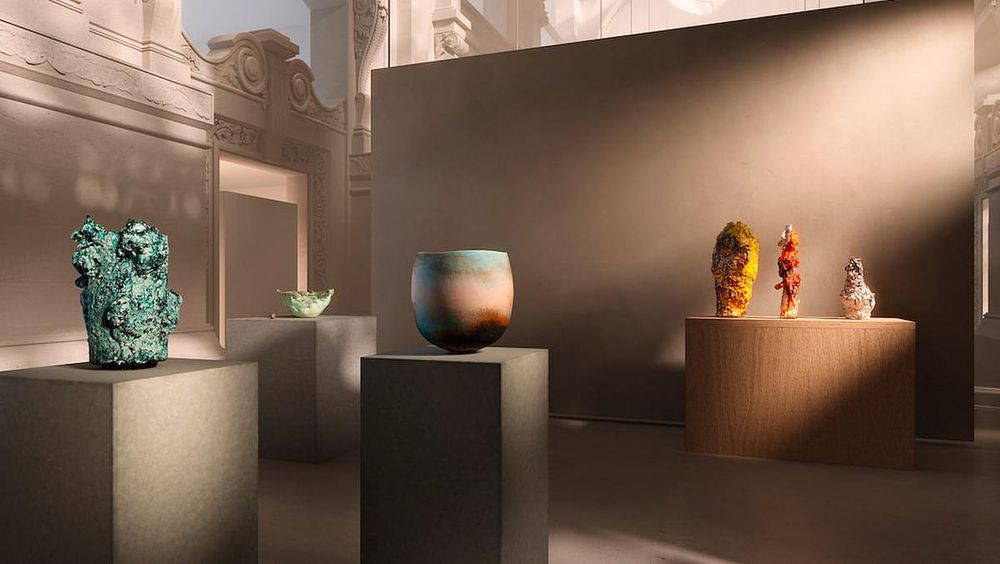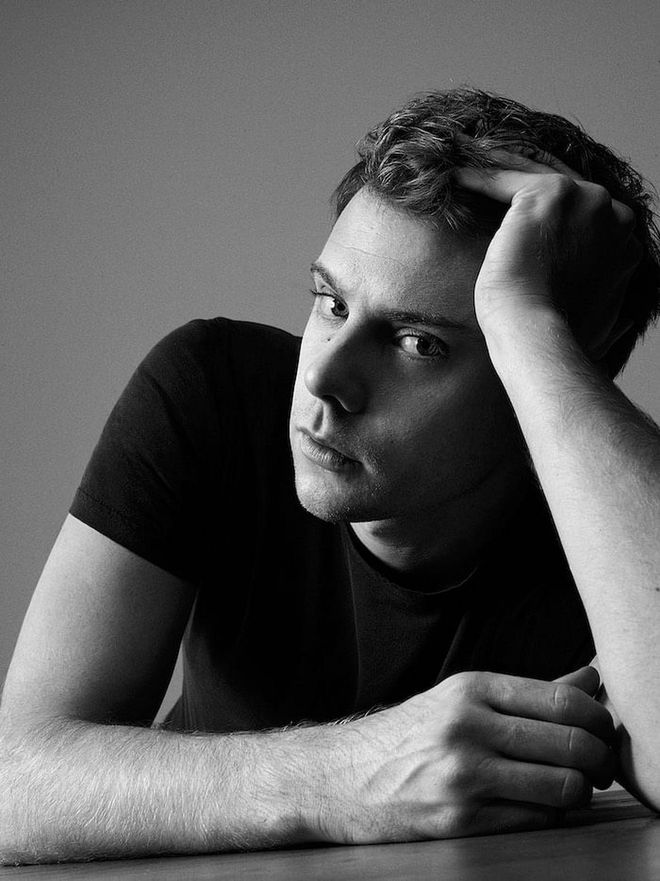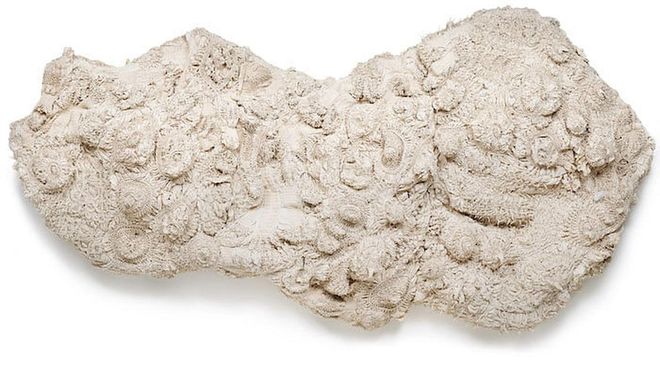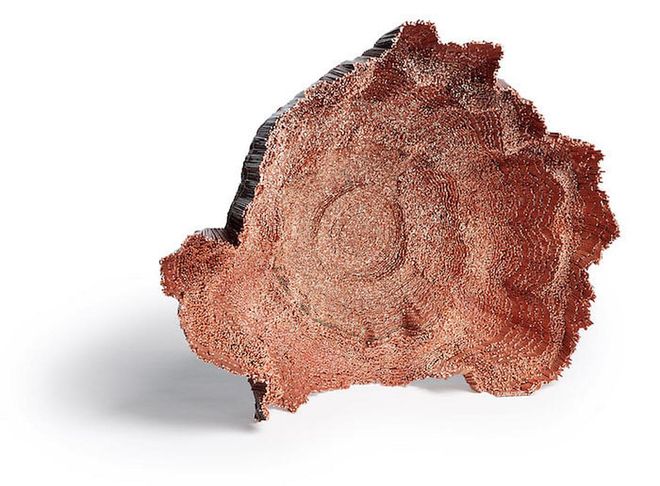Jonathan Anderson On LOEWE FOUNDATION Craft Prize, Creativity And Building A Global Community
The champion of craft.


Jonathan Anderson (Photo: LOEWE)
Jonathan Anderson is one of those creatives who have soared to great new heights in this challenging time we are collectively living through. His collections at both Loewe and his eponymous brand have pushed the boundaries of design, while the presentations of those collections went against the digital grain to celebrate the analog, the tactile, the slow and the purposeful. That is, of course, not new territory for Anderson, who has always been a fierce champion of craft. The designer started the LOEWE FOUNDATION Craft Prize in 2016 as a platform to showcase craftsmen and artisans from all over the world—preserving and elevating centuries-old techniques along the way. Just like how his collections in this Covid-19 era have been increasingly ambitious, his commitment to craft, too, has been similarly reinforced. This year’s edition of the Craft Prize is accompanied by the launch of the Room: An innovative, immersive digital space showcasing all the works of Craft Prize finalists past and present that also serves as a gallery-marketplace hybrid. In this exclusive interview, Anderson opens up about craft, creativity and building a global community.

The 3D digital gallery for this year’s edition of the LOEWE FOUNDATION Craft Prize, modelled after the Musée des Arts Décoratifs in Paris (Photo: LOEWE)
Related article: Inside The First Casa Loewe Southeast Asia Flagship Store At ION Orchard
ON CREATIVITY IN TIMES OF CRISES
“I think what has been interesting during this pandemic is the willingness of people to share—how they make things, what they’re interested in. I found it fascinating to follow people and see how they’re exploring their craft or experimenting. The pandemic has been an amazing moment for experimentation—to be able to reflect, look at what oneself does and think of how to reignite something within that or renew yourself. [I’ve renewed] myself in different ways and I’ve seen that with different craftspeople, who have tried new techniques. I think that’s why this moment is so important.”

'SHE', a cotton and wood piece by Fanglu Lin from China, is the winner of this year’s competition. (Photo: LOEWE)
Related article: Review Of LOEWE Men Spring/Summer 2022
ON WHAT HE HAS LEARNT THIS PAST YEAR
“It’s about change, ultimately. I think that whatever happened before the pandemic happened before the pandemic and what happens after it has to be new. I’m all about [discovering] new things about myself and this is what I’m most excited about. I’m excited about experimentation in my collections—they don’t need to be perfect from the beginning; they need to be an evolution. So I’m excited about stripping things down and trying to build a new type of language to rechallenge myself. I think this can be applied to many things—systems are not working, so we need to rebuild them. This is a good moment to reinvent oneself.”

Desértico II, a copper wire and resin work by David Corvalán from Chile, earned a Special Mention. (Photo: LOEWE)
Related article: Meet Ernst Gamperl, The Winner Of The First Loewe Craft Prize
ON CRAFT AND DIVERSITY
“What has been really amazing about the Craft Prize is that it’s a global award. And the interesting thing about craft is that in every single country in the world, there’s a craft unique to that area. What I love about the Prize is that you can really find huge diversity within different forms of craft and that brings people together. For me, the Craft Prize is about [building a community]. How do you get people from all around the world to talk to one another? Not about religion, not about politics, not about anything else. I think that’s what’s so important about this Prize.”

'Chōtō: Listening to the Waves', a stone vessel by Takayuki Sakiyama from Japan, earned a Special Mention. (Photo: LOEWE)
ON THE LOEWE FOUNDATION CRAFT PRIZE 2021
“Textiles definitely surprised me this year. I’ve been following textile for many, many years—in terms of its early ’70s moment, the early ’20s moment. I think there’s a real renaissance [currently when it comes to] textiles. We’re starting to see that a lot in contemporary art—something that has always really been in the craft world; I think people are starting to understand it more, starting to appreciate the way in which craft and textile can actually create a language with the viewer. We’ve had previous winners who did lacquer, ceramics and wood, so it’s quite nice that there was such a huge array of textiles submitted this year. It’s a testament to how exciting this technique is.”
ON THIS YEAR’S WINNING ENTRIES
“I think what’s amazing about these pieces is that they’re incredibly defined by [a sense of self]. I also really love the demographic; you have someone from China, someone from Chile, someone from Japan all working with very different mediums, but at the same time, there’s this sheer commitment to the form and I think this is so important today. It’s about reduction, it’s about focus—and these pieces are incredibly focused. If you look at David (Corvalán)’s work, it’s about intricacy, it’s about how light interacts with metal, it’s about landscape. For Fanglu Lin, it’s this monumental type of landscape that drags you into it—it’s engaging, it makes you question your own scale in this world. When you look at (Takayuki) Sakiyama’s vessels, [they’re like whirlwinds—it’s] like disappearing into a different world. What I think connects all three of them is this idea of the landscape, of the imaginary space. They are all incredibly tactile objects, the surfaces are incredible, the workmanship is in a heightened sense. For me, this year really shows you that when things are amazing, as these pieces are, they are transportative—they can make you question how you see the world, how you look at things.”